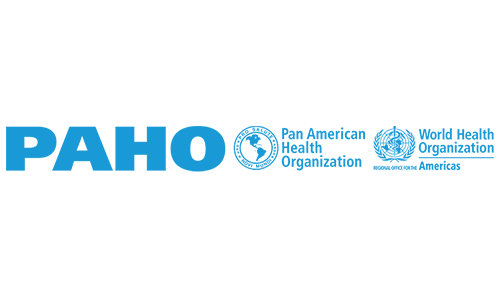About PANAFTOSA PAHO / WHO
The Pan American Foot-and-Mouth Disease Center (PANAFTOSA) is a scientific center of the Pan American Health Organization / World Health Organization (PAHO / WHO) that has carried out important work in the control and eradication of foot-and-mouth disease since its inauguration in 1951. In 1997, technical cooperation in zoonoses was included in their mandates, and in 2007 food safety became another area of action.
PANAFTOSA-PAHO / WHO provides technical cooperation to all PAHO member countries in the Americas to improve the health status of the population and promote the development of the countries.
Always attentive to its objectives, PANAFTOSA-PAHO / WHO’s mission is:
● Cooperate with the countries of the American continent, affected by foot-and-mouth disease, in the organization, development and strengthening of national and regional programs for the eradication of the disease.
● Support FMD free countries in the implementation and maintenance of disease prevention programs to eliminate the risk of its reintroduction.
● Cooperate with the countries of the continent in the development and strengthening of programs for the control and eradication of zoonoses that impact human health and animal production, establishing alliances and strengthening, increasingly, the fight against these diseases.
● Provide technical cooperation to PAHO member countries to solve problems related to food safety, and the prevention and control of food-borne diseases.
The mission of PANAFTOSA-PAHO / WHO mentioned above includes the following contributions:
● Increase the availability of products of animal origin, such as meat and milk, with a strong positive impact on human health.
● Improve the socioeconomic impact on livestock activity.
● Contribute to reducing the risk of diseases in the human population due to zoonoses and foodborne diseases.






